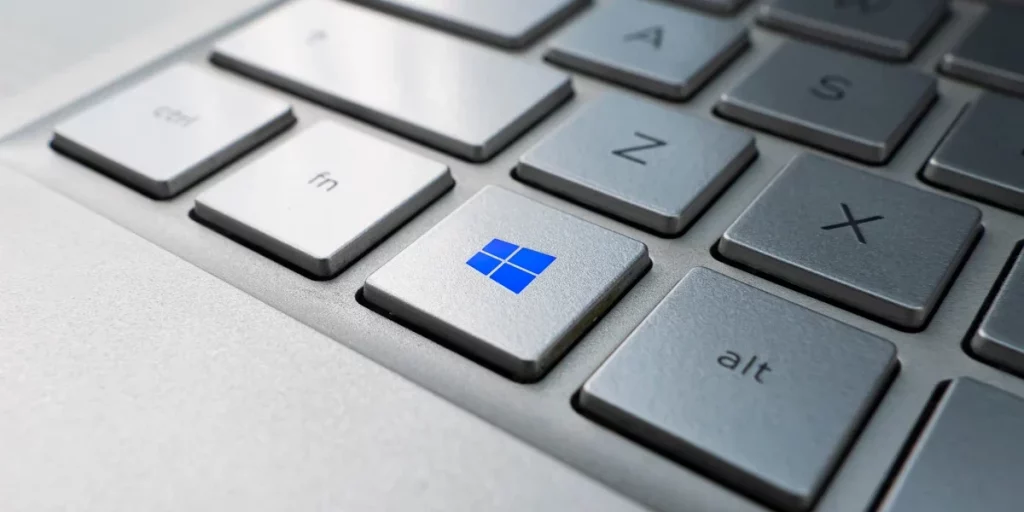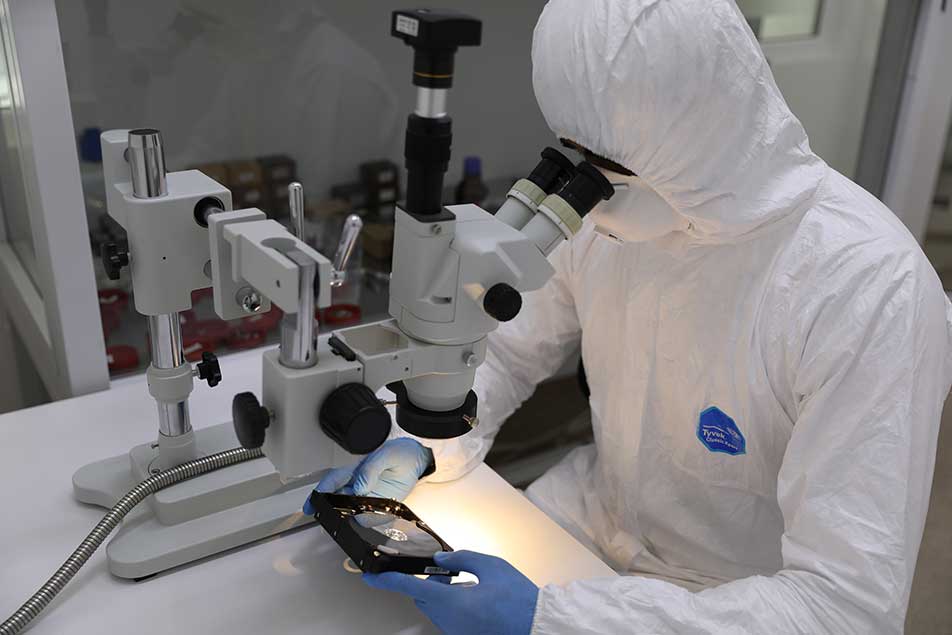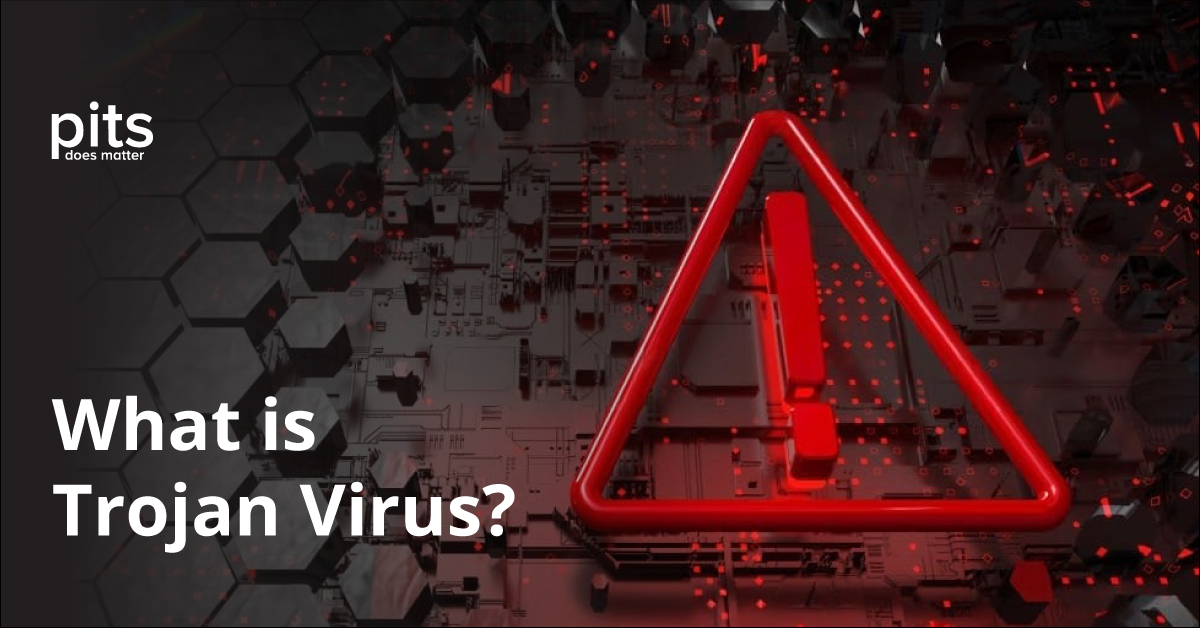In the vast and complex world of cybersecurity, there are various types of malicious programs that can wreak havoc on our computers, networks, and even personal lives. One such type of malware is the infamous Trojan virus. Derived from the Greek mythological story of the Trojan Horse, this type of Trojan has been a prominent player in the realm of cyber threats. In this blog post, we will delve into the origins of the Trojan horse virus, explore its characteristics, examine different types of Trojan viruses, discuss ways to protect against Trojan infections and touch upon Trojan virus removal methods.
The Origins: Trojan Horse Virus
To understand the Trojan virus, we must first take a journey back to ancient Greece. The tale of the Trojan Horse comes from the famous city of Troy, which was under siege by the Greeks during the Trojan War. In a clever ruse, the Greeks built a large wooden horse and presented it to the Trojans as a peace offering. Unbeknownst to the Trojans, the horse concealed a select group of Greek soldiers. Once the horse was brought inside the city walls, the soldiers emerged during the night, opening the gates of Troy to allow the Greek army to enter and conquer the city. This story serves as the inspiration for the modern-day Trojan horse virus.
Characteristics of a Trojan Virus
Similar to its namesake, a Trojan virus disguises itself as something harmless or desirable, tricking users into unknowingly installing or executing it. Unlike other types of malwares that can replicate themselves, Trojans do not have the ability to self-replicate. Instead, they rely on social engineering tactics to convince users to willingly download and run the malicious program.
Trojans can infiltrate computers through various means, including email attachments, compromised websites, or software downloads from untrustworthy sources. Once inside the system, the Trojan may perform a range of malicious activities, depending on its specific design. Some common actions performed by Trojans include stealing sensitive information, such as login credentials or credit card details, logging keystrokes, recording screenshots, or even granting unauthorized access to the infected computer, effectively creating a backdoor for hackers.
Types of Trojan Viruses
Trojan viruses come in various forms, each with its own set of objectives and methods. Here are some of the most prevalent types:
Banking Trojan
This type of Trojan is designed to steal personal banking information, such as usernames, passwords, and credit card details. It often targets online banking customers, manipulating transactions or conducting unauthorized transfers.

SMS Trojan
Operating primarily on mobile devices, SMS Trojans send and intercept text messages without the user’s knowledge. These messages can contain premium rate numbers, resulting in unexpected charges on the user’s phone bill.
Downloader Trojan
As the name suggests, this Trojan’s main purpose is to download and install additional malware onto the infected computer. It often disguises itself as a legitimate program or file, making it difficult to detect and remove.
Downloader Trojans can enter your system through various methods, such as email attachments, infected websites, or peer-to-peer file-sharing networks. They can also exploit vulnerabilities in outdated software or operating systems.
Backdoor Trojan
This type of Trojan creates a hidden entry point, allowing hackers to gain unauthorized access to the infected computer. Once inside, they can perform various malicious activities, such as stealing data, launching further attacks, or using the compromised system as part of a botnet.
Protecting Against Trojan Infections
Prevention is always better than cure when it comes to cyber threats. Here are some effective measures to protect against Trojan infections:
Use reputable antivirus software
Ensure that your computer has a reliable antivirus program installed. Update the software regularly and schedule system scans to detect and remove potential Trojan viruses.
Exercise caution with email attachments
Be cautious when opening email attachments, especially from unknown senders or suspicious sources. Even if the attachment appears legitimate, it may contain a Trojan virus. Scan attachments with antivirus software before opening them.
Beware of social engineering
Trojans often employ social engineering tactics to deceive users. Be sceptical of unexpected emails, messages, or requests that seem out of the ordinary. Avoid clicking on suspicious links or sharing personal information unless you can verify the legitimacy of the source.
Keep software up to date
Regularly update your operating system, web browsers, and other software applications. Software updates often include security patches that can help prevent vulnerabilities that Trojans might exploit.
Practice safe browsing habits
Avoid visiting untrustworthy websites or clicking on suspicious ads. Stick to reputable and secure websites when downloading software or files.
Trojan Virus Removal and Recovery with PITS
If you suspect your computer has been infected with a Trojan virus, taking immediate action is crucial. Here are some steps you can take to remove a Trojan virus:
- Isolate the infected computer: Disconnect the infected computer from the network to prevent the Trojan from spreading to other devices.
- Use antivirus software: Run a full system scan using your antivirus software. Follow the instructions provided to quarantine or remove any detected Trojans.
- Utilize specialized Trojan removal tools: In some cases, traditional antivirus software may not be able to detect or remove specific Trojan variants. In such instances, consider using specialized Trojan removal tools recommended by reputable cybersecurity organizations.
- Reset compromised passwords: If you suspect that your login credentials have been compromised, change your passwords for all affected accounts. Use strong, unique passwords for each account and enable two-factor authentication whenever possible.
- Update and secure your system: After removing the Trojan, update your operating system and software to the latest versions. Reinforce your security measures by enabling firewalls and regularly backing up your data to prevent data loss in the future.
We empathize with the immense impact of data loss resulting from a Trojan horse attack. The detrimental effects of Trojan viruses on your storage devices and the potential compromise of your valuable personal and professional data can result in substantial setbacks.
We provide expert data recovery services to assist you in recovering your lost data and restoring your business operations.

Our dedicated team is committed to helping you navigate through the aftermath of a Trojan attack and regain control over your critical information.
Utilizing state-of-the-art technology and advanced methodologies, our team of skilled experts specializes in data recovery from storage devices damaged by Trojan horse attacks.
Advantages of Our Services
With a remarkable track record, we boast a significant success rate in retrieving data from various types of storage devices, encompassing hard drives, SSDs, RAID arrays, flash drives, and other mediums. At PITS Global Data Recovery Services, we prioritize delivering unparalleled service and support to our esteemed clients. Our dedicated team remains accessible at all times to address your inquiries and extend the necessary guidance you require.
Do not allow the aftermath of a Trojan horse attack to compromise your invaluable data. Reach out to us today to explore the comprehensive scope of our professional data recovery services and discover how we can assist you in the retrieval of your lost information. To initiate contact, kindly complete the form provided below.
In conclusion, understanding the basics of a Trojan virus is crucial in safeguarding our digital lives. Like the cunning wooden horse that deceived the Trojans, Trojan viruses can infiltrate our systems by disguising themselves as harmless or desirable entities. By familiarizing ourselves with the characteristics and types of Trojan viruses, implementing preventive measures, and promptly responding to infections, we can fortify our defenses and protect our computers and personal information from these insidious threats. Stay vigilant, stay informed, and stay safe in the ever-evolving landscape of cybersecurity.
Frequently Asked Questions
What is a Trojan virus?
A Trojan virus is a type of malware that disguises itself as legitimate software or files, tricking users into unknowingly installing or executing it. Once inside a system, it can perform malicious activities, such as stealing sensitive information, creating backdoors for hackers, or downloading additional malware.
How do Trojan viruses enter a computer?
Trojan viruses can enter a computer through various means, including email attachments, compromised websites, software downloads from untrustworthy sources, or even social engineering tactics. They rely on user interaction or vulnerabilities in software to gain access to the system.
What are the signs of a Trojan virus infection?
Signs of a Trojan virus infection can vary, but common indicators include slow computer performance, unexpected system crashes, unauthorized access to files or accounts, unusual network activity, or the presence of unfamiliar programs or files on the system.
How can I protect my computer from Trojan infections?
To protect your computer from Trojan infections, it is essential to use reputable antivirus software, keep your operating system and software up to date with the latest security patches, exercise caution when opening email attachments or downloading files, and practice safe browsing habits. Additionally, being aware of social engineering tactics and avoiding suspicious links or websites can help minimize the risk.
What should I do if I suspect my computer has a Trojan virus?
If you suspect your computer has a Trojan virus, it is important to take immediate action. Disconnect the infected computer from the network to prevent further spread, run a full system scan with up-to-date antivirus software, and follow the instructions provided to quarantine or remove the detected Trojan. In more severe cases, seeking professional assistance from cybersecurity experts may be necessary.
